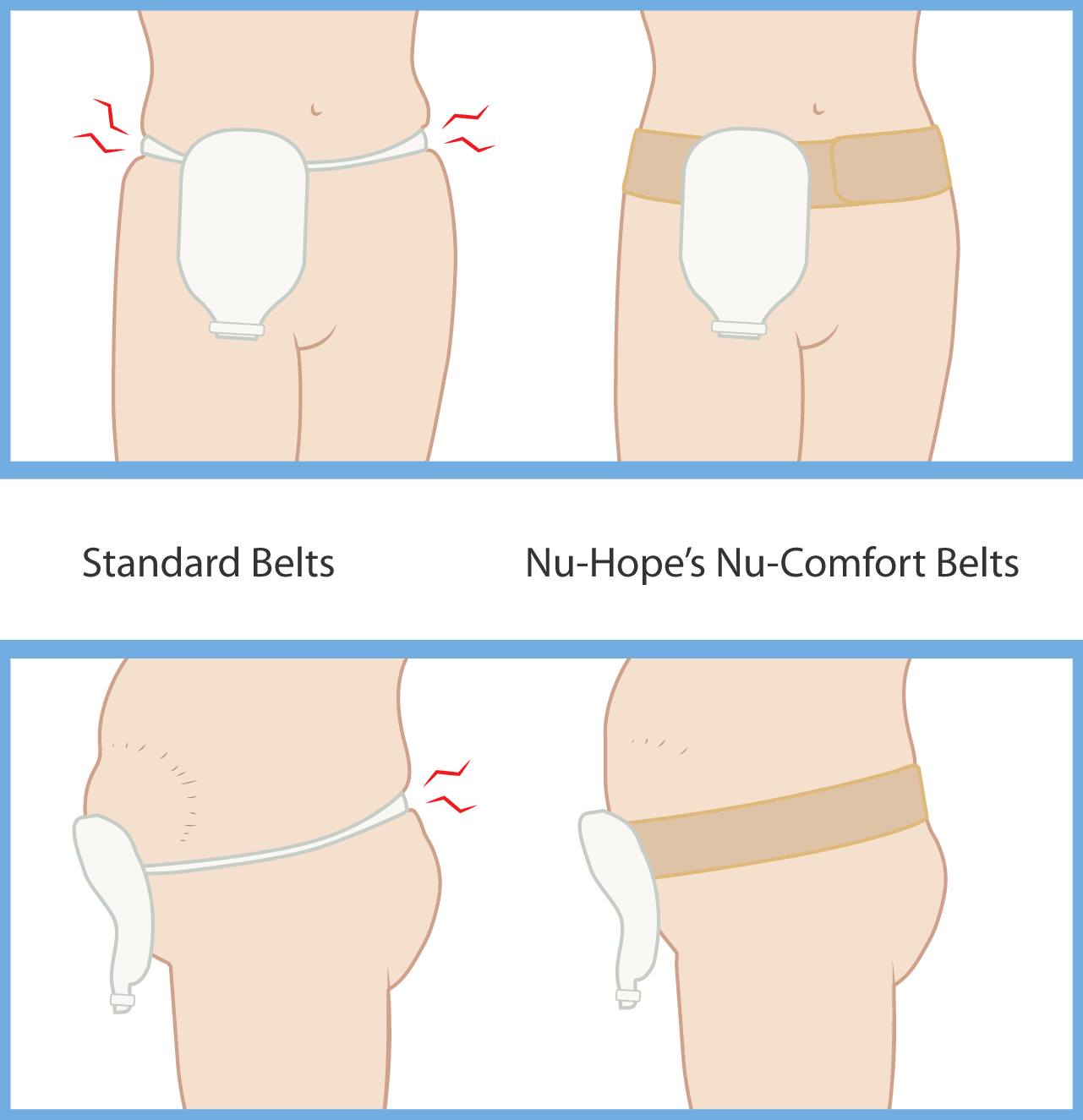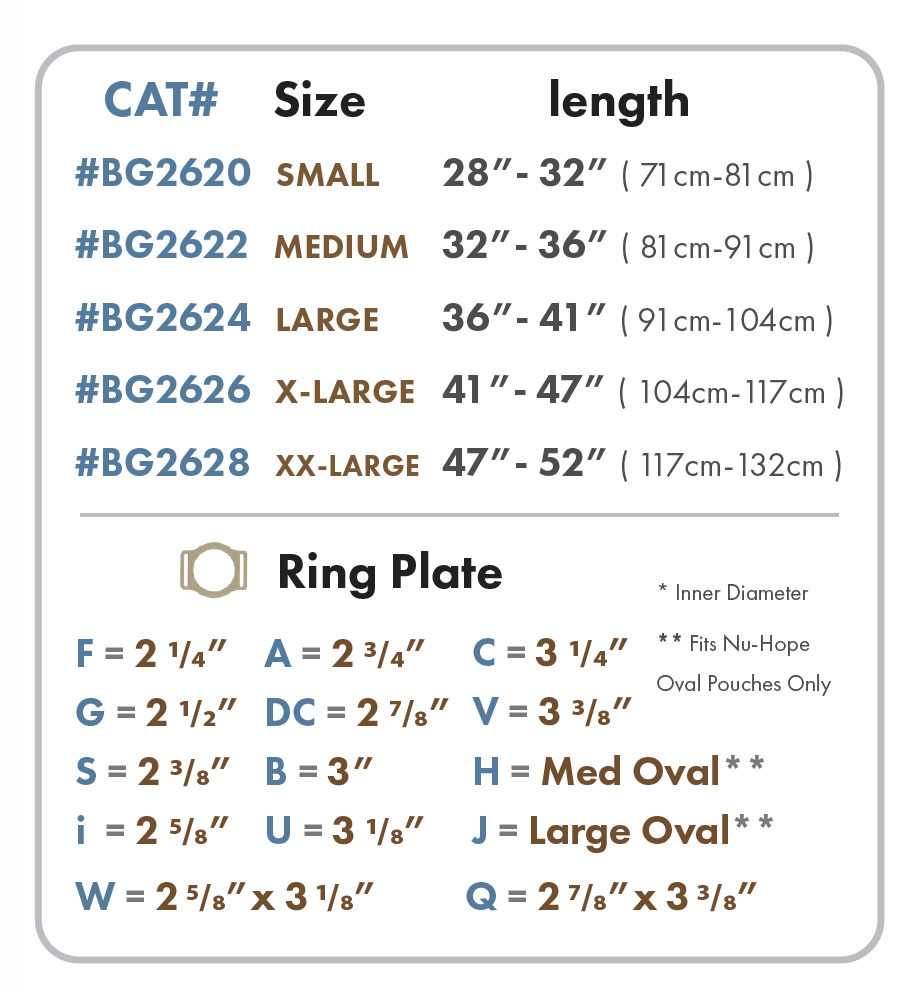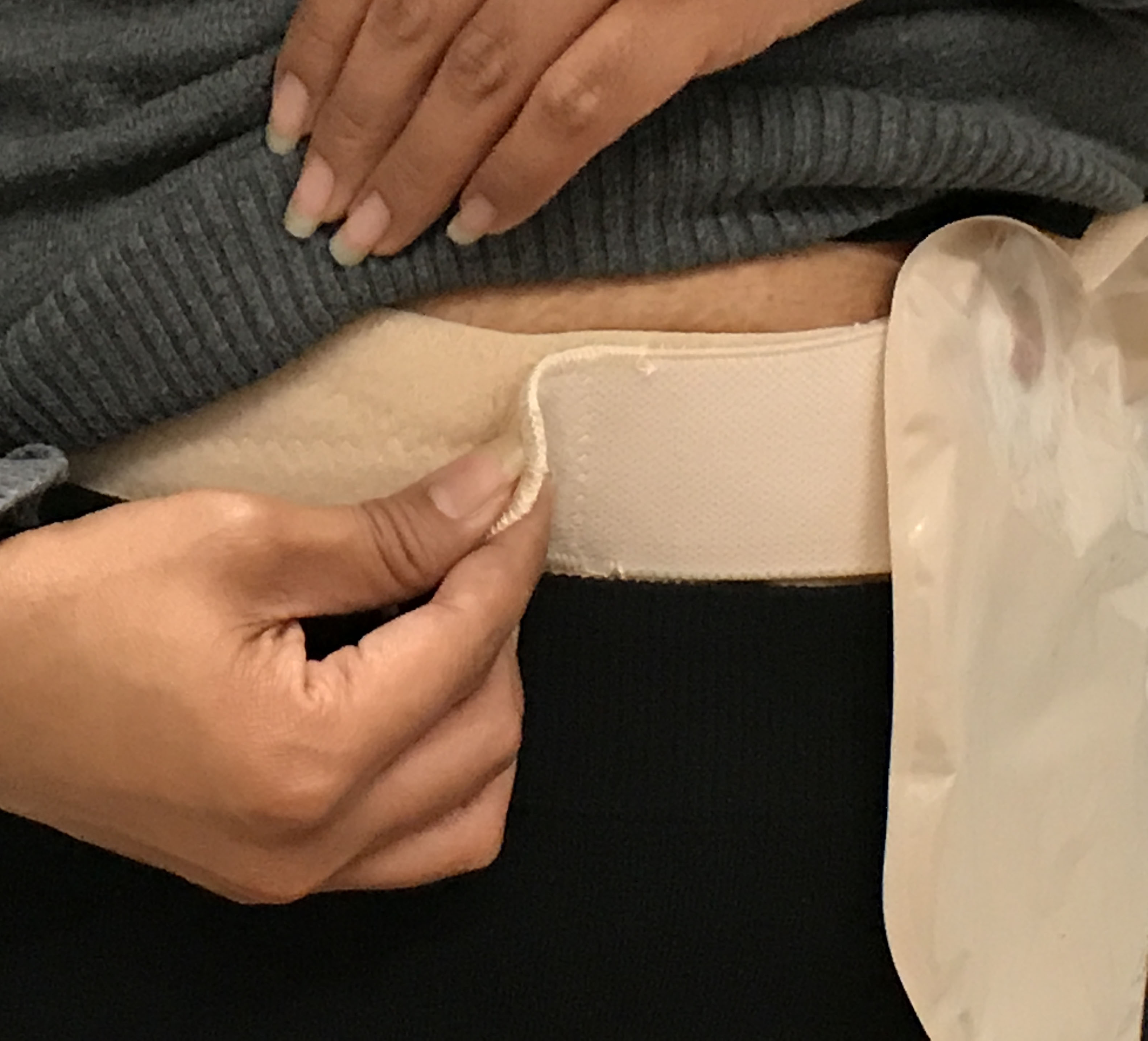Buy Nu-Hope Adhesive
Nu-Hope Adhesive has many uses. It’s a natural rubber based, pressure sensitive adhesive. It can be used to waterproof the skin to protect from bodily fluids, to obtain a stronger bond to the skin, waterproof the
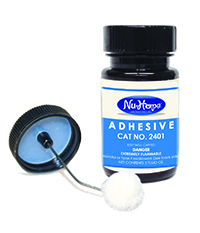
- Bonding the pouch to the skin. Use Nu-Hope Adhesive to obtain a better bond to the skin due to skin oils, scar tissue or poor stoma location.
- INSTRUCTIONS, please read all instructions prior to use:
Cleanse skin with warm water only. - Use adhesive only on healthy skin, avoid broken skin.
Stir the adhesive well before use. - Remove excess adhesive from dauber by rolling the dauber against the rim of the bottle. (Dauber should appear as if there is no adhesive on it after rolling off the excess.)
- Apply a very thin film of adhesive starting at the base of the stoma or problem area. Apply only one layer, avoid overlapping the adhesive. Thick layers of adhesive will reduce effectiveness and drying time of the adhesive.
- Once the adhesive is applied, allow it to dry for 3 to 5 minutes before securing the appliance. You may use a hair dryer on a cool setting to speed the drying process.
- If adhesive is soiled by ostomy output, you may cleanse by lightly brushing with a paper towel. Do not press or rub with the paper towel. This will not affect the tack of the adhesive.
- HELPFUL HINTS
- Choose a quiet time (when the stoma is less active) to change the pouch.
- Urostomy- change upon arising before any beverage consumption
- Fecal ostomy- Change prior to eating or drinking or two hours after a meal
- Do not use soaps that contain oils, lanolin or creams. Avoid skin preps, creams or ointments unless advised by your medical professional.
- For oily skin, 70% isopropyl alcohol may be used to clean off excess skin oil.
- Any adhesive that is applied beyond the pouch seal may be dusted with a powder or covered with a tape to stop the tack.
- INSTRUCTIONS, please read all instructions prior to use:
2. Peristomal skin protection/waterproofing. Protect peristomal skin when using an oversized opening pouch around a stoma. (If your stoma is smaller than the opening on your pouch).
1. Prepare all materials to be used with your pouch change.
2. Cleanse skin with plain water or as instructed by your ostomy nurse. Dry the skin well. Figure 1
3. Prepare adhesive by stirring the adhesive and removing excess adhesive from the dauber.
a. Apply a very thin layer of adhesive directly to the skin starting at the edge of the stoma in a circular motion to surround the stoma. This should be slightly wider than the barrier/foam adhesive opening of your pouch. Figure 2
b. Allow the adhesive to dry on the skin for 3 to 5 minutes.
c. You may use a piece of rolled paper towel to act as a wick for ostomy output during the drying process.
4.
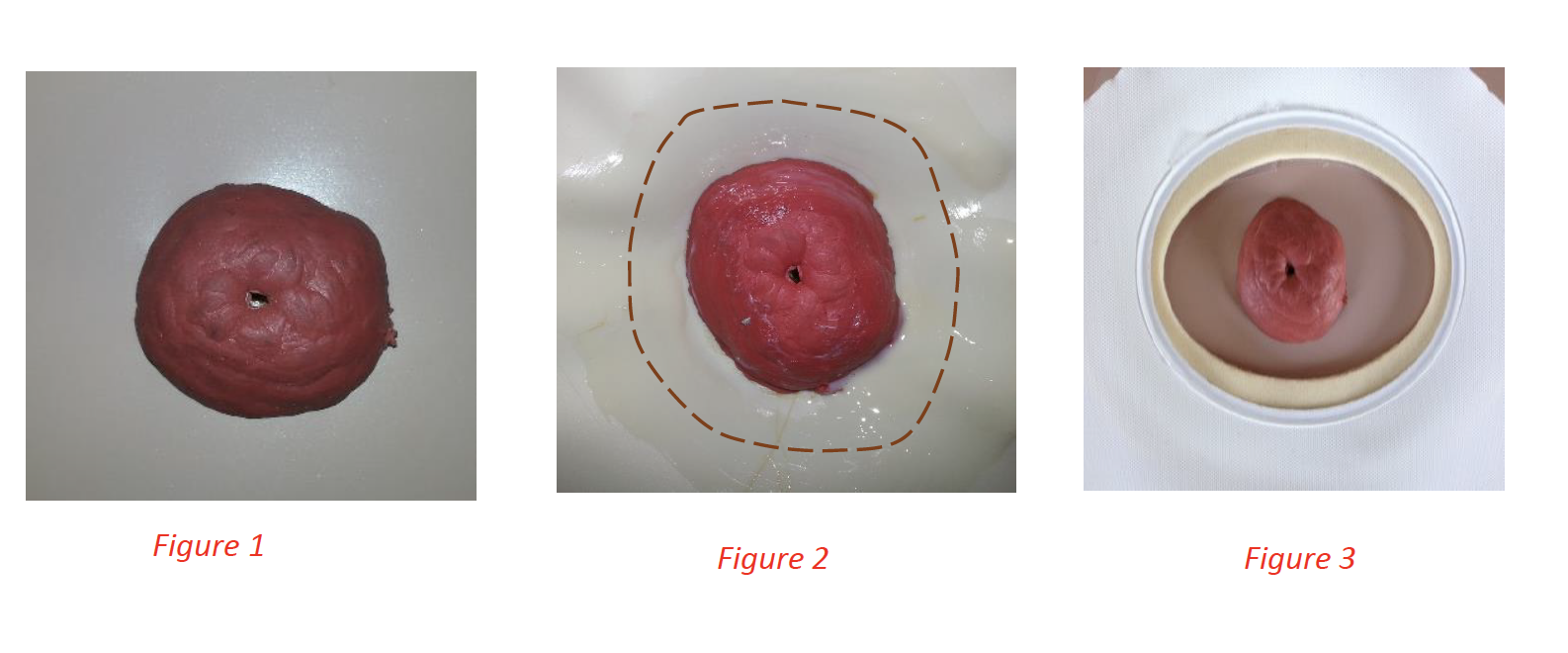
3. Waterproof the inner edge of the barrier. In order to protect the barrier and increase wear time, you can waterproof the inner edge of the barrier. This protects the barrier from
1. Prepare adhesive by stirring and removing excess adhesive from the dauber.
2. Apply a thin film to the inside opening of the barrier that will come in contact with the edge of the stoma.
3. Allow adhesive to dry for 3 to 5 minutes and apply pouch as usual.
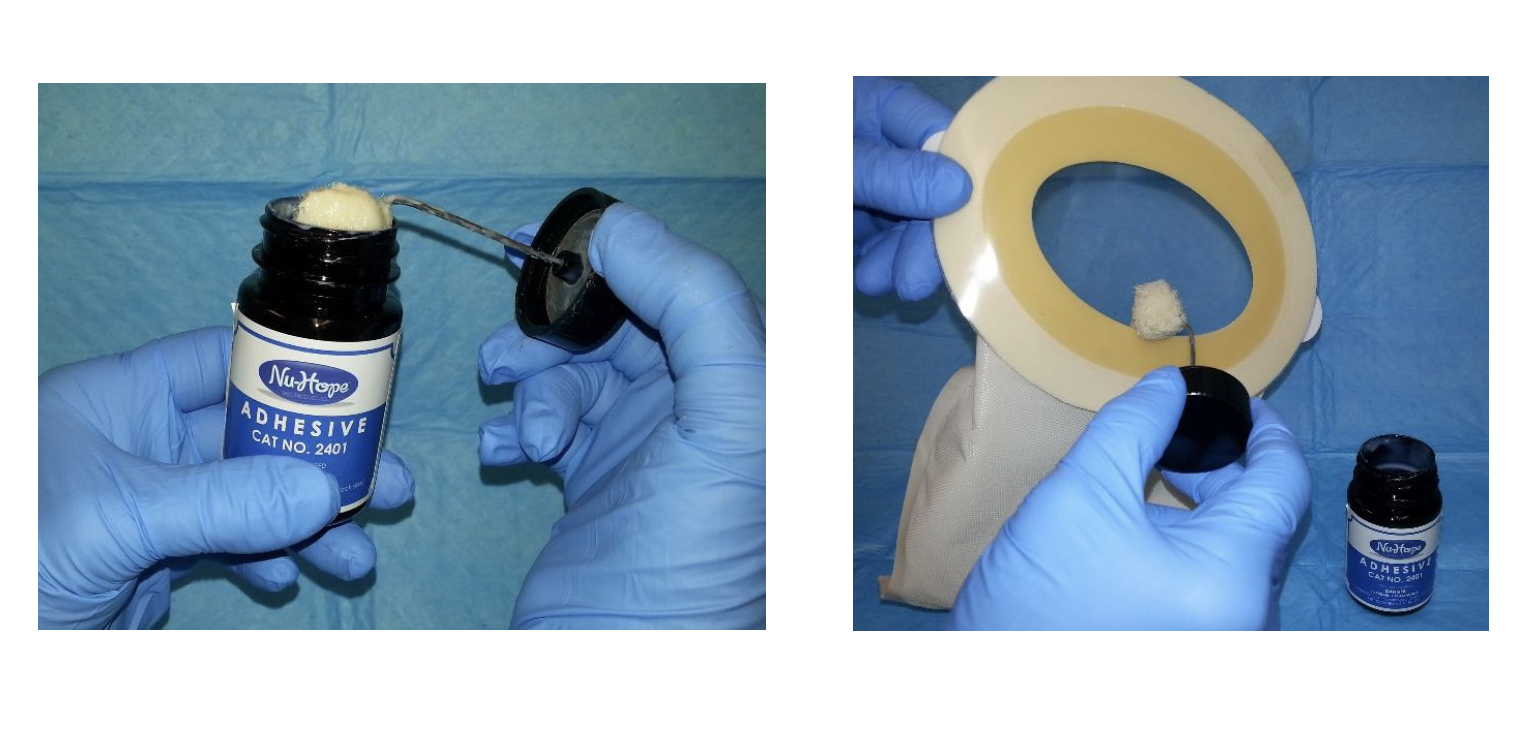
Our Adhesive is available in two sizes, 2-ounce (Catalog # 2401) and 4-ounce (Catalog # 2400). It contains natural rubber. Use a

